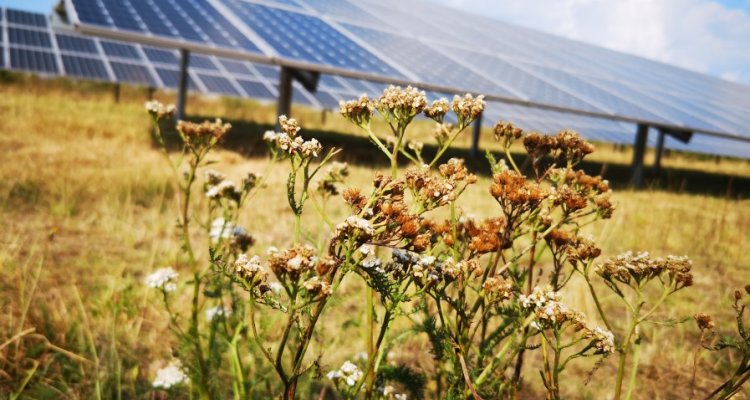
Solar Research: Biodiversity and nature
In 2050, the Netherlands will need about 30,000 hectares of solar panels on land. This is expected to have negative effects on the soil, biodiversity and the landscape. At the same time, it is assumed that gains in biodiversity are possible with the proper design and management of solar parks.
In 2019, an initial exploration of the effects at ten existing solar parks took place. In order to draw more scientific conclusions, this sample was expanded to 25 solar parks. The aim is to draw up concrete guidelines for the design and management of solar parks. This will result in the manual management and design of multifunctional solar parks.
Part of the project is a literature study into the long-term effect of solar parks on soil quality (10-25 years). The project was commissioned by LNV and financed by Policy Support Research.
Management and previous land use appear to be the main factors determining the differences in biodiversity. Solar parks can offer opportunities for biodiversity, but not all of these opportunities are taken advantage of.
The impact of solar parks on soil quality and biodiversity will be studied over the next few years in a collaboration between LC Energy, Wageningen University & Research, TNO, Eelerwoude and SolarCentury. Six new test solar parks will be built in the Netherlands for this research. The main objective of the SolarEcoPlus research project is to determine the ecological and economic yield of solar parks that are set up with innovative double-sided panels. The study takes into account the most common soil types in the Netherlands: sand, peat and clay.